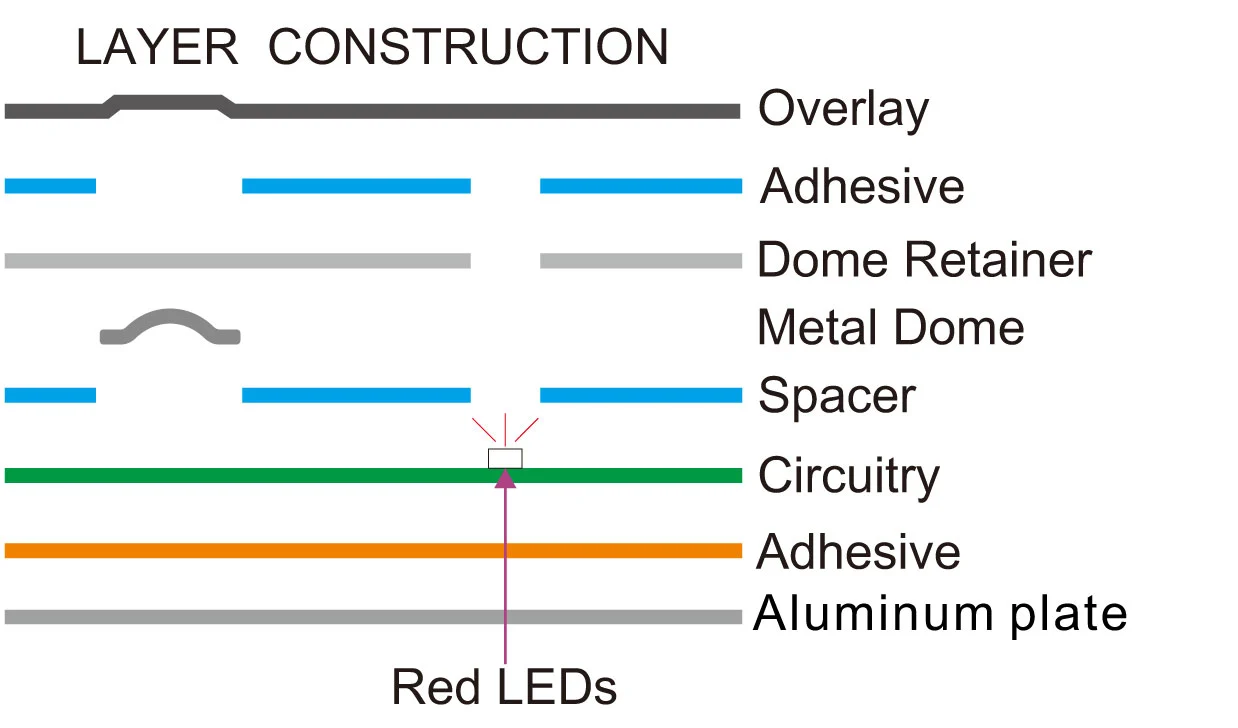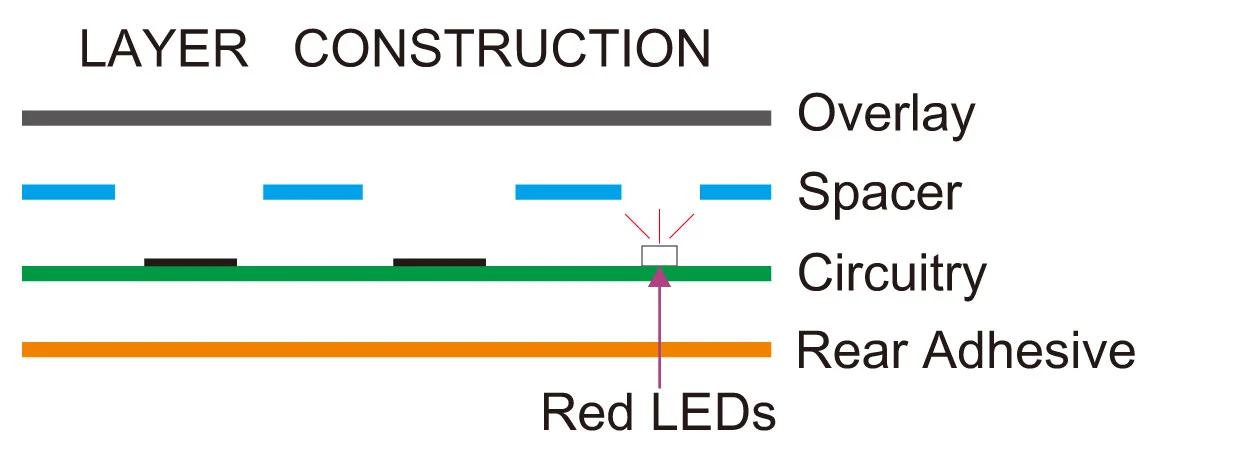
Since there are no moving parts, capacitive membrane switches are less susceptible to wear and tear, making them more durable and long-lasting than mechanical switches.

Capacitive switches can be designed to be highly sensitive, allowing them to detect even the lightest touch.

The design and functionality of capacitive membrane switches can be easily customized to fit specific applications.

The flat surface of capacitive switches makes them easy to clean, which is particularly important for medical and food processing applications.




Capacitive membrane switch is a special kind of membrane switch. There is no dome in the product, and the tactile feedback is also poor. It is a bit similar to a non-tactile feedback membrane switch. Capacitive membrane switch is a kind of touch-sensitive switch. When the button is touched, the capacitance changes. After the IC is identified, the function will be realized. Moreover, there is a type of ITO membrane switch that is more widely used. Because the conductive ink is transparent instead of silver conductive ink, this type of product is more popular in European and American countries.
